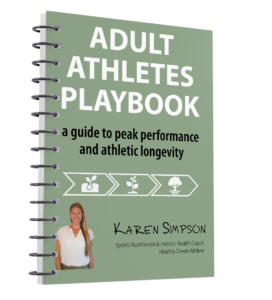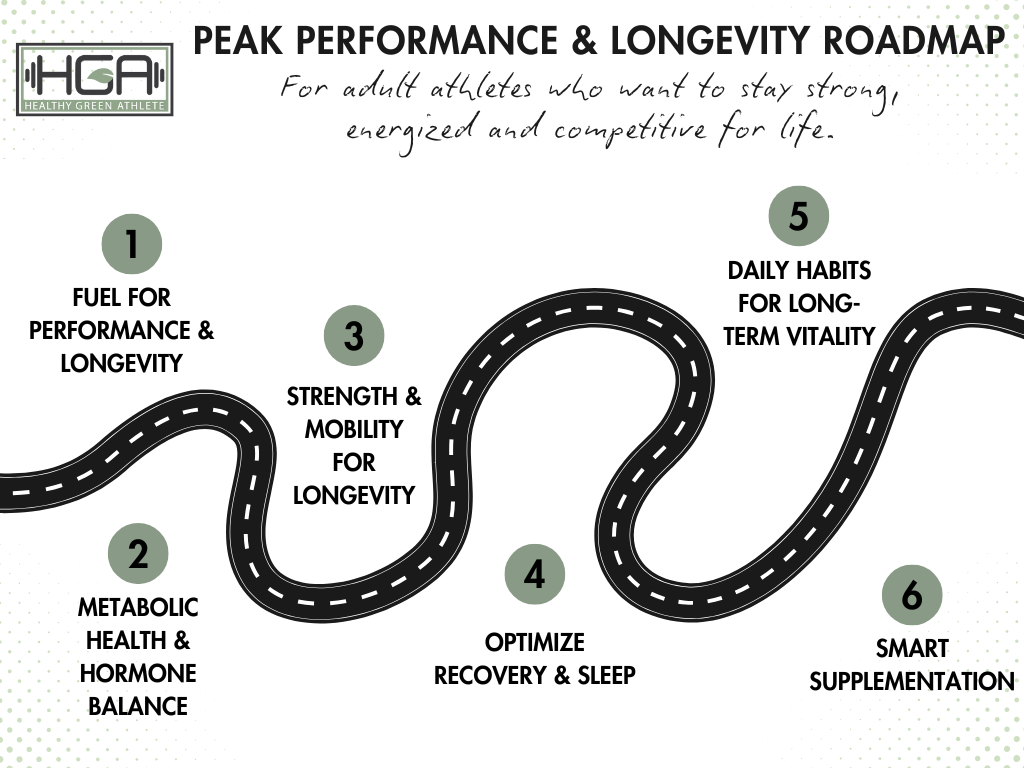From an evolutionary biology perspective, human bodies (and every cell in them) are designed for the consumption of both plants and animals. The human genome was written to digest, absorb, and utilize compounds in the natural environment and even with technological advances and the development of the Standard American Diet, that genetic code has not changed.
In her book Deep Nutrition, Dr. Cate Shanahan writes about 4 main pillars of the human diet – one of them is to eat more organ meats. (I’ll let you read the book to learn the other 3.)
If you’re still reading this, I’m assuming you’re a meat-eater. You’re likely a meat eater I’m also guessing that the majority of animal products you consume consists of muscle meat such as fish, poultry breast or thighs, and different cuts of beef and pork. Muscle meat is a great source of the essential amino acid methionine which helps to detoxify the body and is critical for the normal growth and repair of tissues.
Also Read: 3-Day Smoothie Cleanse (with recipes!)
But there’s another important animal food that offers even more nutritional benefits.
Organ meats, sometimes called offal, are nutritionally different than muscle meats. They are far more nutrient-dense and serve as sources of B-vitamins, minerals, and fat-soluble vitamins. Unlike muscle meats, organ meats are a source of different essential amino acid glycine which decreases oxidative stress in older adults and improves sleep quality.
The health of the human brain, cell membranes, and bone marrow depends on high-quality animal-based protein and fat to function at their best. Each animal organ offers a different mix of nutrients so consuming a variety of organ meats and muscle meats is ideal.
Also Read: What is considered a high-quality protein?
The heart is rich in the bioavailable form of the enzyme CoQ10 which is a powerful antioxidant that helps to prevent a long list of diseases. The kidneys and brain are both high in omega-3 fatty acids which have powerful anti-inflammatory properties which makes them nature’s ibuprofen.
As far back as the anthropological record can go, scientists have found organ meats to be a staple in the human diet. At one point in the history of humans, organ meats were consumed regularly but sometime during the 19th-century people, especially Americans, began to avoid it completely.
There are several theories for why this nutritional boycott came to be. Some think the development of synthetic or highly processed protein alternatives to feed Americans and soldiers during wartime was to blame. Others think that the invention of convenience foods has disconnected American cuisine from their ancestor’s diet. Some believe that the demonization of saturated fat and cholesterol caused them to get a bad rap.
My hope is to put organ meats back on the table and integrate elements of ancestral nutrition into our modern lives in order to promote optimum health and wellness.
Also Read: 7 Anti-Inflammatory Foods for Optimum Wellness
Most Americans are so disconnected from their natural roots and traditional cuisine that they consider organ meats as gross and unappealing. These nutrient-rich foods could be one of the missing links in the diet of someone who is currently suffering from (or on the track toward) disease.
Here are some tips to incorporate organ meats into your diet without feeling squirmy.
Adopt a “Nose to Tail” Mindset
Our hunter-gatherer ancestors ate 45-65 percent animal products but that doesn’t mean that they just ate muscle meat. The first step to eating organ meats is to understand that eating “nose to tail” is the way our ancestors ate and essentially means that no part of the animal was wasted.
That means that organs, connective tissues, skin, bone marrow, ears feet, and tongue are all consumed by humans. While this approach may have been completely abandoned by most Americans, many other cultures around the world still believe in the power of the whole animal and still incorporate organ meats into their cuisine.
Start with the less icky stuff that you can find at the regular grocery store
To get back to your human roots and ease back into connecting with nature through food, start with what appeals to you. You don’t have to go straight for the heart or brains, you can conjure up a delicious bone broth from store-bought bones or the ones leftover turkey carcass from Thanksgiving dinner.
Eating canned salmon that contains edible bones is another great way to step up your animal-foods game.
Another idea would be to consume the skin of those thighs and wings rather than throwing them away. Or snack on some cracklings or pork rinds.
Also Read: Complete Guide to Buying Quality Animal Protein
Another great option is to buy muscle meat that is still attached to the bone. The nutrients from the bone will seep into the muscle while cooking. Oh, and don’t forget to eat the fat!
Experiment with Different Cuisines
One of the best ways to try organ meats is to find an international restaurant near you that uses it in their traditional dishes. You may be able to find roasted bone marrow at a French restaurant, beef liver dumplings at a German restaurant, or goat brain masala served with naan at an Indian restaurant.
Hide it in a Dish you Know you Love
When you’re ready to venture out the past bone broth and chicken skin, you may need to swing by your local butcher for some options. The liver can all be cooked the same way you’d cook a steak. I’ll be honest – liver doesn’t taste all that great by itself but it can easily be masked with other flavors. The liver can be used in any recipe that calls for muscle meat. You can cut it up and add to stir-fry, chili or stew, or use ground liver to make homemade burgers or meatballs.
While they take a bit longer to cook, heart and tongue have a similar texture to a beef steak so they can also be used as a substitute in a variety of recipes.
Try a New Recipe
The internet is full of some great recipes Here are some delicious recipes that call for organ meats:
- Slow-cooked organ meat stew
- Organ meat burgers
- Apple, bacon, and chicken liver skillet
- Offal burgers for beginners
Supplement with Desiccated Organ Meats
If you’re still feeling squeamish about the idea of eating organ meats, there are several high-quality supplements available these days. I’m currently recovering from a knee injury so I’m supplementing with a supplement called Bone Matrix from Heart and Soil Supplements. I’ve been taking these for a couple of months now and have noticed a huge improvement in my joints.
Another great brand of organ meat supplements is Ancestral Supplements. This one contains all grass-fed organs including liver, heart, kidney, pancreas, and spleen, and it’s the one that I now take instead of a daily multi-vitamin. I’ve personally noticed a significant difference in my energy levels, digestion, and my ability to concentrate. The reviews on this product from others are also incredible with people claiming that these supplements have helped them with everything ranging from migraines and fatigue to weight loss and GI issues.
I also recently began adding this vanilla-flavored organ meat protein powder into my post-workout smoothies. It’s not only delicious but a great way to get those additional primal nutrients.













